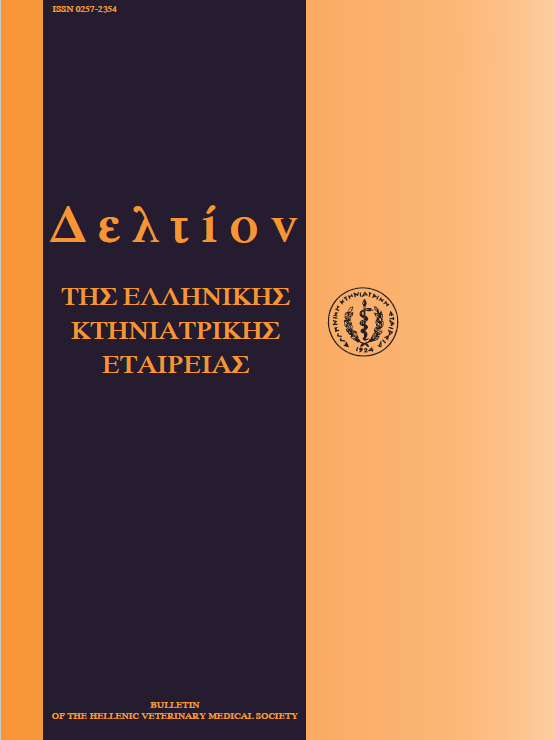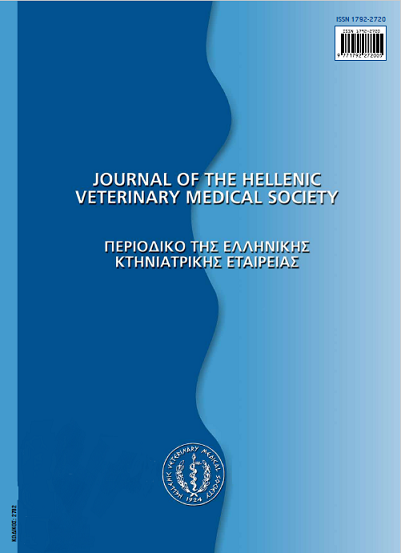Contemporary aspects on the immunopathogenesis of autoimmune diseases of the epidermal basement membrane in the dog

Abstract
Autoimmune diseases of the epidermal basement membrane are the result of the immune system self-activation against specific antigens of its essential structural elements. This group of skin diseases is characterized by the destruction of connecting bonds between the membrane zone and dermis, which eventually leads to the dermoepidermal separation and the formation of subepidermal vesicles and bullae. In this article, the immunopathogenesis and the clinical, histopathological and immunohistochemical features of each of these skin diseases are briefly reviewed. The autoimmune diseases of the canine epidermal basement membrane have been recently classified as bullous pemphigoid, mucous membrane pemphigoid, linear IgA dermatosis, epidermolysis bullosa acquisita and bullous systemic lupus erythematosus. Recent advances in immunopathological and molecular techniques have markedly facilitated the understanding of their pathogenesis, thus giving the opportunity for the development of new therapeutic strategies that may improve or eliminate the clinical signs.
Article Details
- How to Cite
-
PAPADOGIANNAKIS (E. Ι. ΠΑΠΑΔΟΓΙΑΝΝΑΚΗΣ) E. I. (2017). Contemporary aspects on the immunopathogenesis of autoimmune diseases of the epidermal basement membrane in the dog. Journal of the Hellenic Veterinary Medical Society, 56(1), 27–31. https://doi.org/10.12681/jhvms.15066
- Issue
- Vol. 56 No. 1 (2005)
- Section
- Review Articles
Authors who publish with this journal agree to the following terms:
· Authors retain copyright and grant the journal right of first publication with the work simultaneously licensed under a Creative Commons Attribution Non-Commercial License that allows others to share the work with an acknowledgement of the work's authorship and initial publication in this journal.
· Authors are able to enter into separate, additional contractual arrangements for the non-exclusive distribution of the journal's published version of the work (e.g. post it to an institutional repository or publish it in a book), with an acknowledgement of its initial publication in this journal.
· Authors are permitted and encouraged to post their work online (preferably in institutional repositories or on their website) prior to and during the submission process, as it can lead to productive exchanges, as well as earlier and greater citation of published work.




